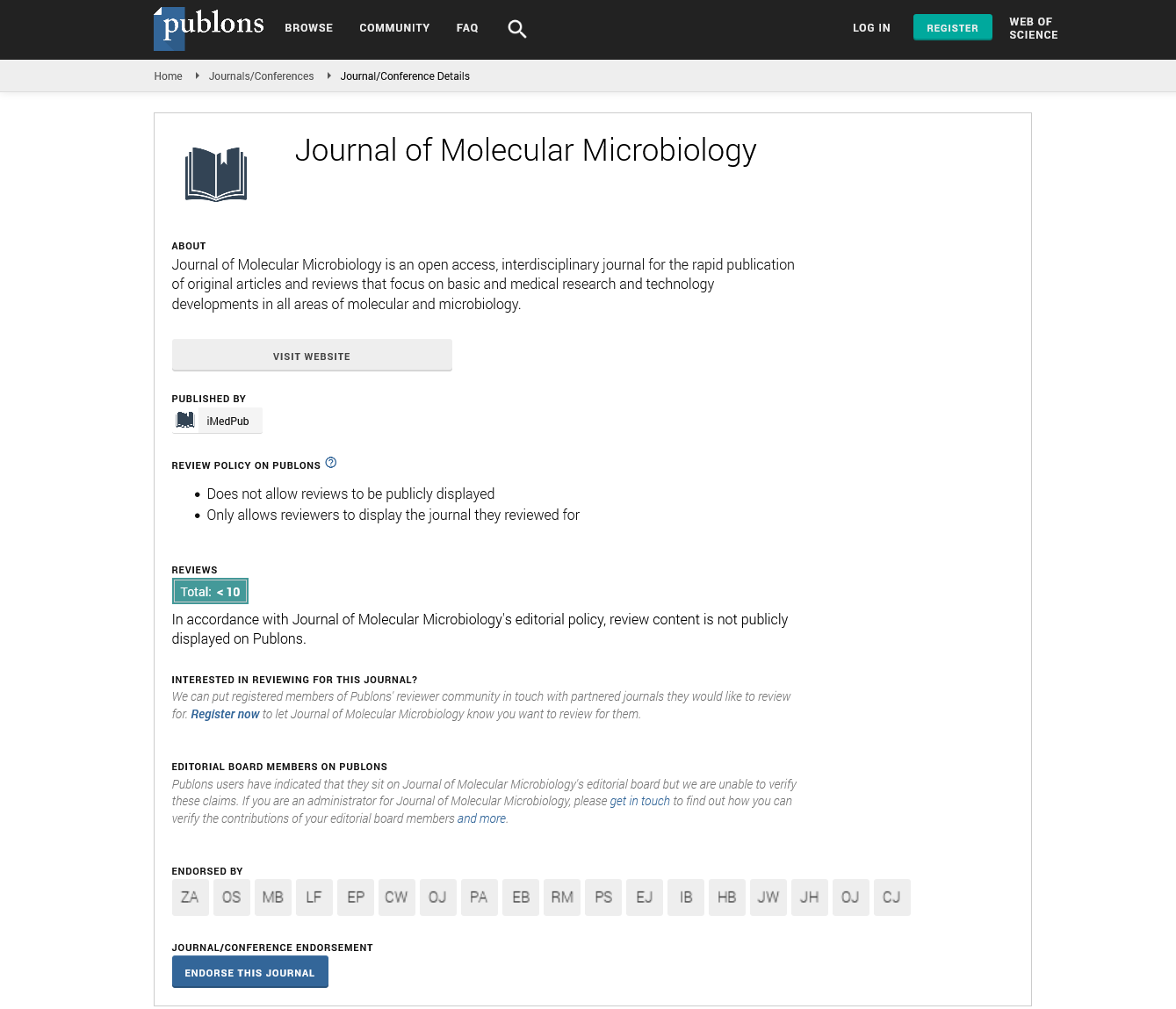Abstract
Electron microscopy as a valuable tool to identify potential new drug targets for diseases caused by protozoa of the Trypanosomatidae family
Introduction Protozoa of the Trypanosomatidae family comprise a large number of species that are pathogenic for humans and animals of veterinary interest. These include diseases such as Chagas disease, highly prevalent in Latin America, Sleepness disease, prevalent in part of Africa (subsaharian region) and leishmaniasis, which can be found in almost all continents. Here, we will show how the use of microscopy techniques, especially transmission electron microscopy (TEM), have given an important contribution to identify potential structure and organelle targets, as well to identify the mains cell sites affected by different compounds, thus contributing to the identification of drug targets. In most of the cases, we will present examples based on our own experience. Studies carried out using TEM have pointed out to the presence in the trypanosomatids of some organelles that are unique to these organisms. These include: the kinetoplast, which is located within the unique mitochondria and located at the basis of the protozoan flagellum. It consists of a complex network of DNA formed by concatenated minicircles and maxicircles that together account for about 30% of the total cell DNA. Disruption of this DNA array by drugs that intercalate with the DNA kills the parasite. More recently efforts have been done by several groups to characterize the various enzymes involved in the replication of the kinetoplast DNA. We will show that compounds interfering with topoisomerases are active against the parasites, even at low concentrations; the endocytic pathway found in trypanosomatids is highly polarized, taking place only through the flagellar pocket and/or in a structure known as the cytostome, also localized in the vicinity of the flagellar pocket. This is an interesting drug target since the parasites depends on the endocytic pathway to ingest molecules required for various metabolic pathways which are subsequently processed in organelles of the endosomelysosome pathways where proteolytic enzymes play a key role. Indeed, inhibitors of cysteine proteinases are very active in Trypanosoma cruzi; Trypanosomatids present a contractile vacuole, also localized close to the flagellar pocket, and that plays a vital role on parasite ionic homeostasis. Further studies are in progress to identify key molecules involved on this process; most of the trypanosomatids require mitochondrial activity to survive. They have only on single and highly ramified mitochondrion. Compounds that interfere with the mitochondrial membrane and/or some of the key proteins involved in ATP synthesis kill the parasite. Examples include phospholipid analogues and several inhibitors of the sterol biosynthesis pathway. We have analyzed several compounds interfering with these two key metabolic pathways and some of them are able to kill the parasites at nanomolar concentrations. These compounds are active against all developmental stages and are, therefore, potential compounds for further analysis in experimental infected animal models. We will show some of the first experiments; members of the Trypanosomatidae family present a special type of peroxisome, known as glycosome, since most of the glycolytic pathway takes place within this organelle while in other eukaryotic cells, it takes place in the cytosol. This organelle is also a potential drug target; they also have a special organelle known as acidocalcisome, which is vital for the parasite and is involved in the control of Calcium, which is accumulated as pyrophosphate complexes. It is also a potential drug target and some compounds have been identified that interfere with this organelle; another characteristic feature of the parasite is the presence of a complex array of microtubules localized just below the plasma membrane (known as subpellicular microtubules). These microtubules are highly stable and have low sensitivity to drugs such as colchicine, vinblastine, etc. However, they are vital for the parasite. Due to this fact, we are testing all new compounds that interfere with microtubule assembly and disassembly Biography: Wanderley de Souza has graduated in Medicine by the Federal University of Rio de Janeiro (1974), Master in Biological Sciences (Biophysics) by the Federal University of Rio de Janeiro (1976) and PhD in Biological Sciences (Biophysics) by the Federal University of Rio de Janeiro (1978). He is a Professor at the Carlos Chagas Filho Institute of Biophysics at UFRJ and Researcher at the National Center for Structural Biology and Bioimaging at the same university, he was an Executive Secretary of the Ministry of Science, Technology and Innovation (MCTI) and Secretary of Science and Technology of the State of Rio de Janeiro when he created the Center for Higher Distance Education of the State of Rio de Janeiro (Cederj), which gave rise to the Open University of Brazil. He was also the Director of the National Institute of Metrology, Quality and Technology (Inmetro), Director of the Carlos Chagas Institute and Rector of the Northern Fluminense State University Darcy Ribeiro and State University of Zona Oeste, Campo Grande. He is the Member of the National Academies of Medicine, Brazilian of Sciences and Sciences of the Third World. He has published more than 600 papers in reputed journals and has been serving as Editorial Board Member of several journals.
Author(s): Wanderley de Souza1, Aline Zuma1 and Emile Barrias2
Abstract | PDF
Share This Article
Google Scholar citation report
Citations : 86
Journal of Molecular Microbiology received 86 citations as per Google Scholar report
Journal of Molecular Microbiology peer review process verified at publons
Abstracted/Indexed in
- Google Scholar
- Publons
Open Access Journals
- Aquaculture & Veterinary Science
- Chemistry & Chemical Sciences
- Clinical Sciences
- Engineering
- General Science
- Genetics & Molecular Biology
- Health Care & Nursing
- Immunology & Microbiology
- Materials Science
- Mathematics & Physics
- Medical Sciences
- Neurology & Psychiatry
- Oncology & Cancer Science
- Pharmaceutical Sciences
